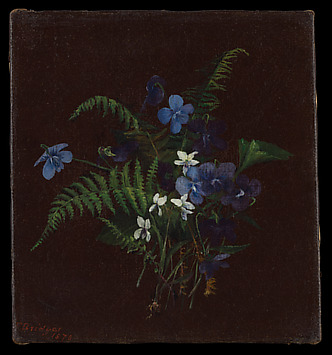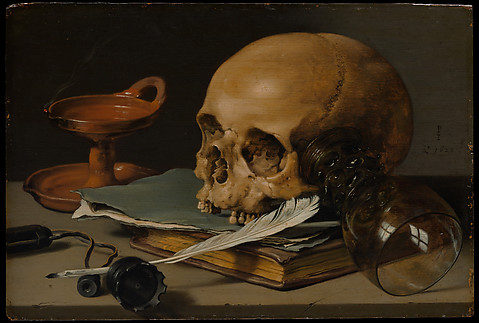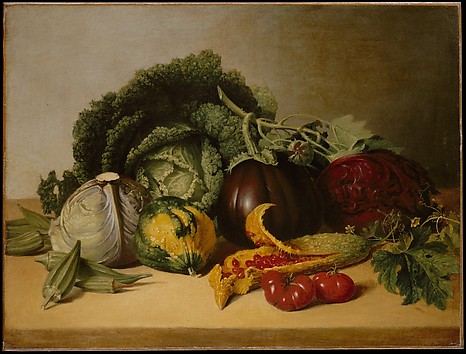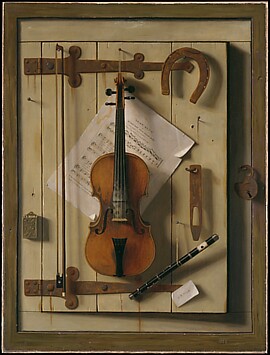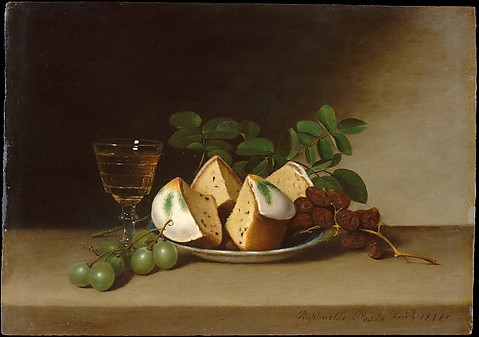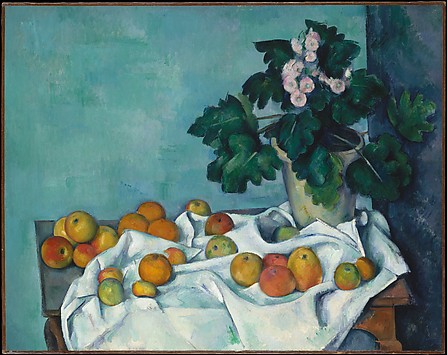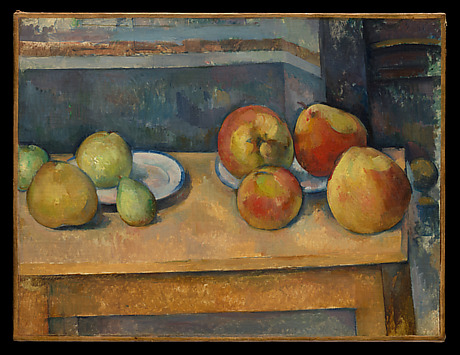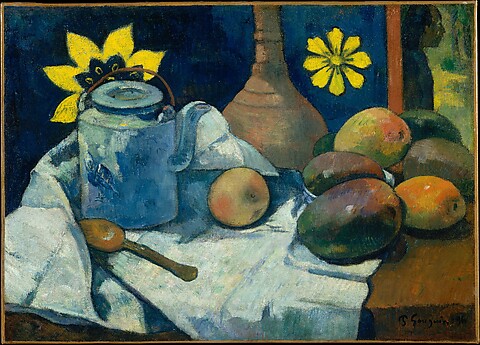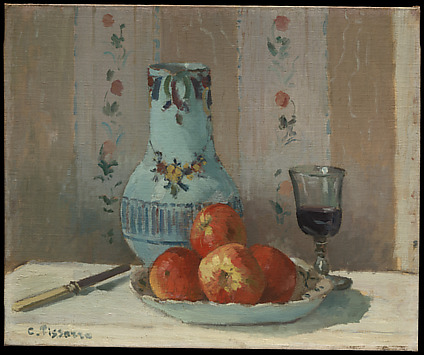The vibrant late paintings of Pierre Bonnard (1867–1947) are considered by many to be among his finest achievements. Working in a small covered bedroom of his villa in the south of France, Bonnard suffused his last canvases with radiant Mediterranean light and dazzling color. Although his subjects were close at hand-usually everyday scenes taken from his immediate surroundings, such as the dining room table being set for breakfast, or a jug of flowers perched on the mantelpiece—Bonnard rarely painted from life. Instead, he preferred to make pencil sketches in small diaries and then rely on these, along with his memory, once in the studio. Bonnard's late interiors thus often conflate details from his daily life with fleeting, mysterious evocations of his past. The spectral figures who appear and disappear at the margins of these canvases, overshadowed by brilliantly colored baskets of fruit, dishes, or other still-life props, create an atmosphere of profound ambiguity and puzzling abstraction: the mundane rendered in a wholly new pictorial language. This volume, which accompanies the first exhibition to focus on the interior and related still-life imagery from the last decades of Bonnard's long career, presents more than seventy-five paintings, drawings, and works on paper, many of them rarely seen in public and in some cases, little known. Although Bonnard's legacy may be removed from the succession of trends that today we consider the foundation of modernism, his contribution to French art in the early decades of the twentieth century is far more profound than history has generally acknowledged. In their insightful essays and catalogue entries the authors bring fresh critical perspectives to the ongoing reappraisal of Bonnard's reputation and to his place within the narrative of twentieth-century art.









